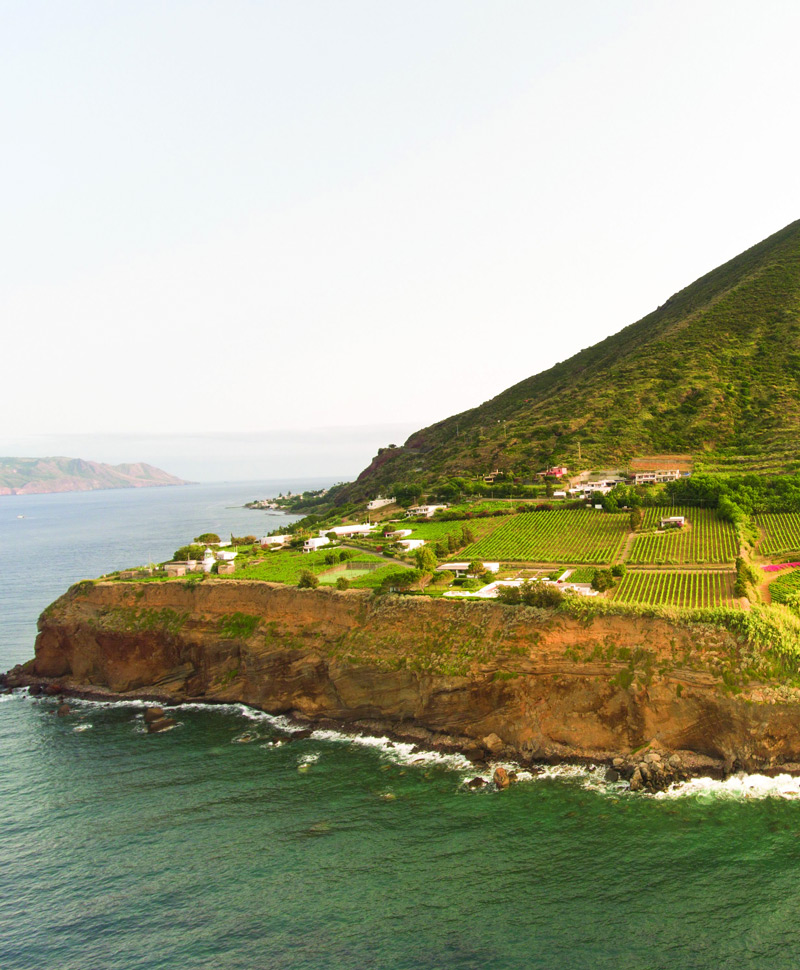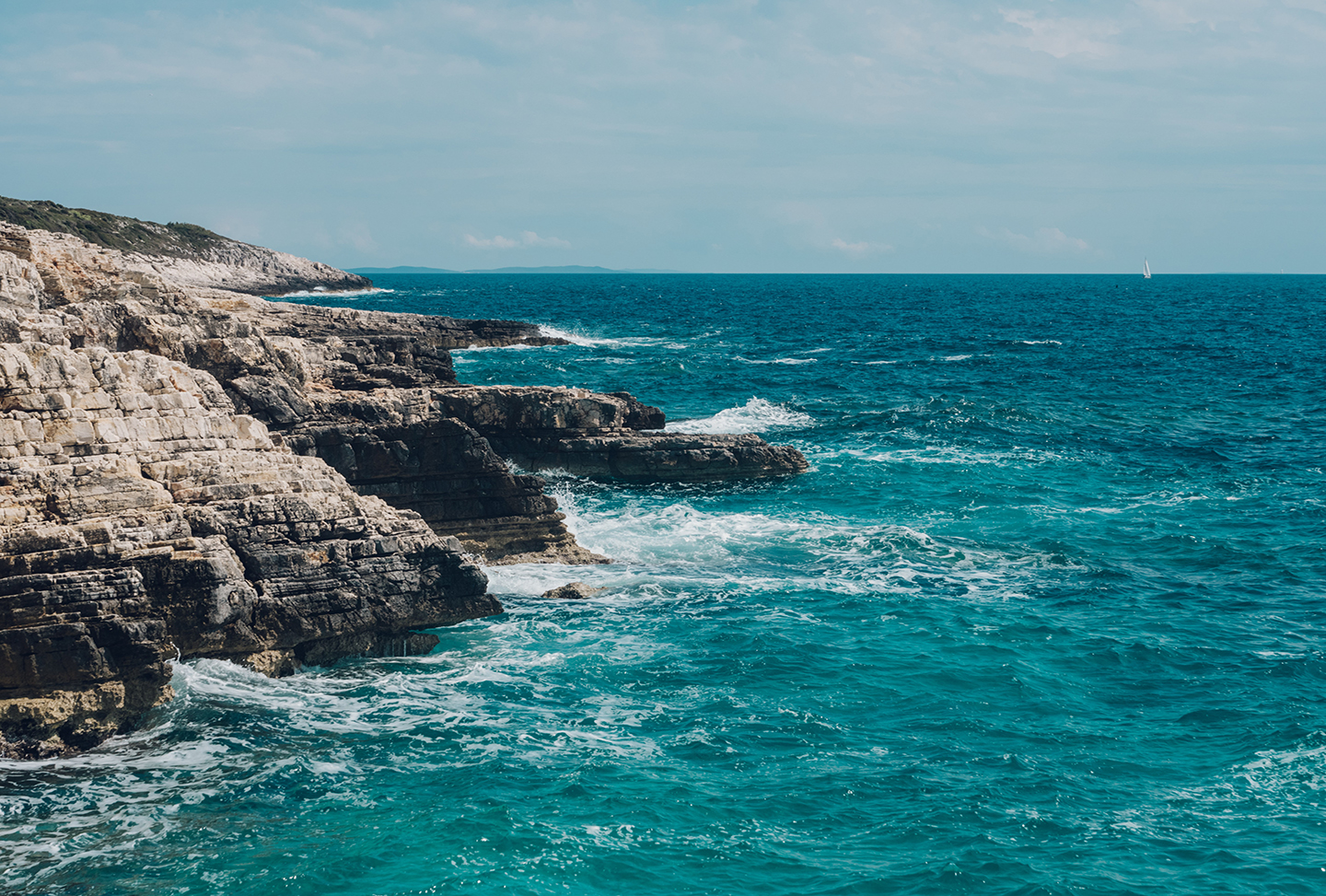Limitless possibilities in spectacular destinations, Balance Holidays' exceptionally curated wellbeing travel experiences bring individuals on multi-sensory journeys that enrich and awaken the heart, body and mind..


Sweeping into the Adriatic Sea, Istria is a unique peninsula belonging to three different countries. The largest area makes up part of Croatia, with other areas that are part of Slovenia and Italy. Istria has been populated for well over two millennia, resulting in a rich culture and ancient history, much of which can still be seen today. Before you take off on your adventure in the beautiful area, here is a brief history of its people and culture.
The name Istria derives from the early tribes that lived in the region, the Histri, who are credited with building the hillfort settlements, known locally as castellieri. These were fortified boroughs, usually built on mountains or hills and consisted of a rounded or elliptical series of walls. There are surviving ruins of these types of settlements still visible today, and they make for an insightful and educational day trip.

The Romans described the Histri tribe as ‘fierce pirates, protected by the difficult navigation of their rocky coasts’. It wasn’t until after a second attempt that the Romans subdued them in 177 BC. It was during this subsequent time of Roman rule that many of Istria’s incredible monuments were built. The city of Pula hosts some wonderful surviving examples of which include the Arch of the Sergii, one of ten gateways that once helped to fortify the walled city. Istria’s capital is also home to Paula Arena, an exceptionally well-preserved example of a Roman amphitheatre and one of the largest in the world built between 27 BC and 68 AD.

The Western Roman Empire fell around 476 AD; it was after this that the region was pillaged by Goths, early Germanic people who played an integral role in the fall of the empire. For some 450 years, the area was annexed and passed between kingdoms until it became the territory of the Republic of Venice in 1267. Subsequently, much of the region would remain mostly under Venetian power until its downfall in 1797. During this time, the capital Pula went into decline, suffering the effects of several internal conflicts of ancient families. Relics of this turbulent past still remain, and can be found scattered generously throughout the towns and countryside. A notable example is the Morosini-Grimani Castle, a medieval building with added Renaissance features, which gives an insight into medieval Istrian life.
In 1797, the area came under the rule of Austria, who set about developing the port of Trieste, now an Italian city that for years was a part of Istria. At this point, the cultural diversity of Istria, based on hundreds of years of diverse influence had become apparent. After World War I, Italy seized the peninsula from Austria in 1919 and was officially signed to Italy in the Treaty of Rapallo in 1920. However, following Italy’s defeat in World War II, most of Istria was ceded to Yugoslavia except Trieste, which remained as part of Italy. This happened as part of the signing of the Paris Peace Treaty, in which the Allies negotiated the peace treaties and boarders of many regions formerly occupied by the opposition. After the breakup of Yugoslavia in 1991, boarders between Istria, Croatia and Slovenia were clearly defined.

Made up of dramatic Adriatic coastline and cultural towns and villages, Istria County has become popular among tourists looking to explore a more untravelled path. In 2019, it was included in Lonely Planet’s Best in Europe, stating Istria’s diversity in culture, food, wine and activities. The region continues to flourish, hosting international music festivals and excelling in the production of food and wine.
Discover the majestic peninsula with a Balance Holidays retreat. Held in the quaint, restorative countryside at the Meneghetti Wine Hotel, our hand-crafted programme is created to highlight and compliment Istria’s gastronomy and culture. From morning Hatha Yoga to bike riding in Kamenjak National Park, let us guide you through a mindfully luxurious experience. Please explore our website for further locations and lifestyle retreats, including yoga retreat holidays.
Sign up to our newsletter for exclusive retreat launches, priority access to events and curated wellbeing content